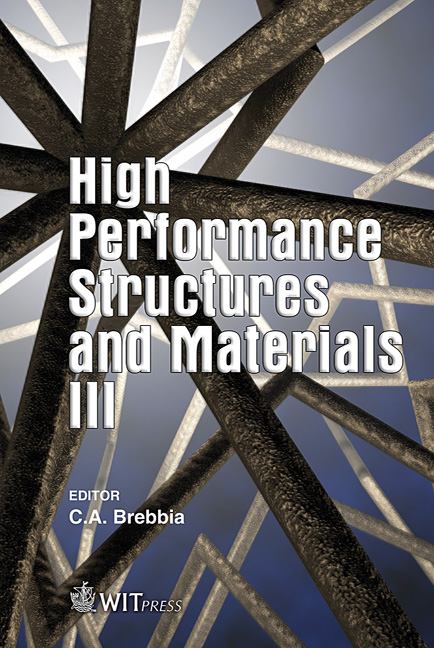Crush Behaviour Of Open Cellular Lattice Structures Manufactured Using Selective Laser Melting
Price
Free (open access)
Transaction
Volume
85
Pages
10
Published
2006
Size
1567 kb
Paper DOI
10.2495/HPSM060471
Copyright
WIT Press
Author(s)
M. Santorinaios, W. Brooks, C. J. Sutcliffe & R. A. W. Mines
Abstract
Open cellular lattice structures, made out of stainless steel, have been manufactured using the micro fabrication procedure of selective laser melting. A single geometry has been considered, namely vertical struts with cross bracing with a cell geometry of a cubic form. Blocks of this material, with dimensions of 25 mm cube, have been tested under compression and shear loading. Three cell sizes have been considered, namely 1.25, 2.5 and 5 mm. Uniaxial compression and shear force versus displacement and failure characteristics of these materials are discussed, In this way, the micro mechanical characteristics of the material and manufacturing parameters are related to bulk properties. Keywords: cellular, micro fabrication, selective laser melting, mechanical properties. 1 Introduction Foams have been used for a number of years as core materials in sandwich construction for transport and general engineering systems. There is a wide variety of foam ranging from low density, high end technology applications, e.g. the Polymethacrylimide foam Rohacell 51WF for aerospace use [1], to high density/low end technology applications, e.g. the aluminium foam Alporas for civil engineering use [2]. The usual design parameters for sandwich construction focus on elastic response (specific stiffness and strength) [3], but more specialised behaviours include fatigue behaviour, crashworthiness and foreign object impact performance [3, 4]. The mechanical behaviour of sandwich structures is dependent on the mechanical properties of the foam core and composite skin. As far as the foam core is concerned, the core can be subject to
Keywords
cellular, micro fabrication, selective laser melting, mechanicalproperties.





